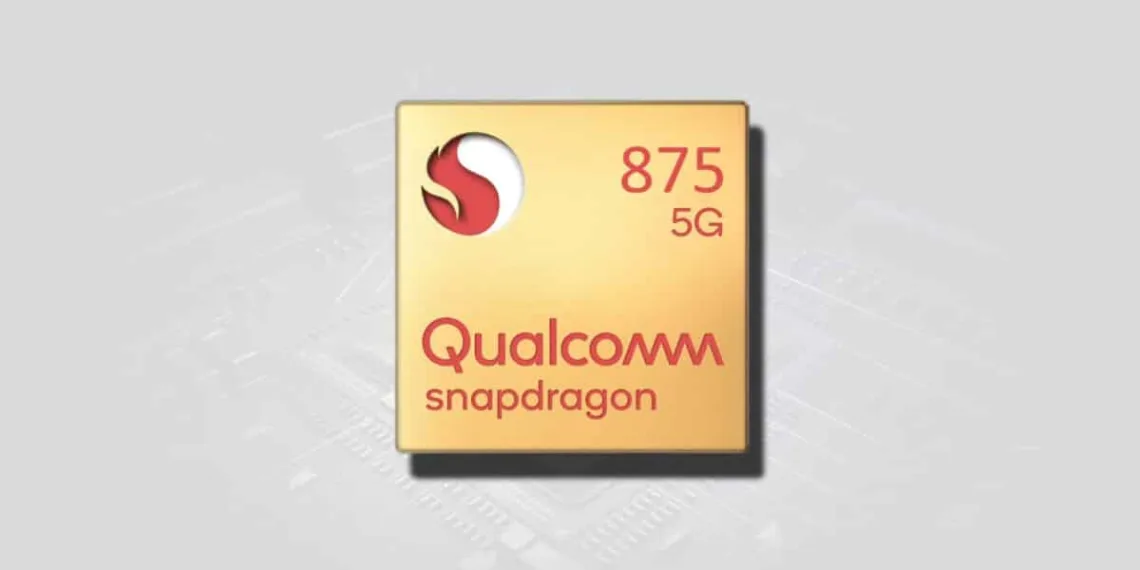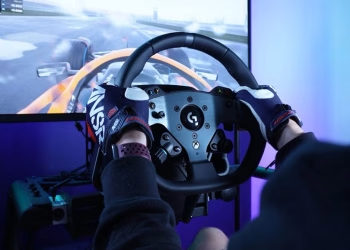We have already seen the performance ratings of Samsung’s upcoming Qualcomm Snapdragon 875 on its AnTuTu debut. The results are excellent and dedicated to the company’s expectations. Though the silicon is yet-to-be-released, it has once again appeared on benchmarking software called Master Lu. The score’s complete breakdown provides us with a better idea about how its Adreno 660 GPU fares against ARM’s 24-core GPU, the Mali-G78.
Master Lu benchmark scores pitted the Snapdragon 875 processor against two current-generation chips, the HiSilicon Kirin 9000 that ran on Huawei Mate 40 Pro and Qualcomm’s very own Snapdragon 865+ which ran on iQOO 5 Pro. The kirin 9000 socred a whopping 875,308 and while the Snapdragon 856+ secured 820,220. Qualcomm Snapdragon 875 quickly confirmed the score of 899,401, which is very close to the Kirin 9000 score of 900,000.
On the scorecard, Qualcomm’s Snapdragon 875 powering Adreno 660 GPU managed to score 342,225, which is a bit slower than the Kirin 9000’s ARM Mali-G78. The Kirin 9000 easily secured 344,334, which is considerably good considering it went up against a next-gen chipset.
However, it is worth remembering that the snapdragon 875 was running on an engineering model and is nowhere related to the chipset’s actual performance than a retail unit. However, the Kirin 9000 ran on a retail company with several upgrades to support the SoC.
After the chipset gets released on a flagship device, the performance ratings are expected to increase compared with the test results offered on various benchmark sources. ARM’s Mali-G78 is a powerful unit and also a bit of a power hog. According to reports, the manufacturer is still trying to figure out how to solve the GPU’s excessive power consumption issue. Qualcomm’s only choice now seems to beat ARM’s GPU in the area where it is week.
When comparing the CPU performance, the Snapdragon 875 beats both the kirin 9000 and Snapdragon 865+ with a considerable margin. The chipset managed to pack a score of 333,269 while the Kirin 9000 and Snapdragon 865+ manage to secure 275,862 and 290,169, respectively.
The details revealed are nowhere close to the actual performance of the SoC. The only confirmed performance ratings of the chipsets can be determined once the processor hits the flagship device’s market. After that, the OEMs might be able to extract more performance out of the silicon.
Do check out:








